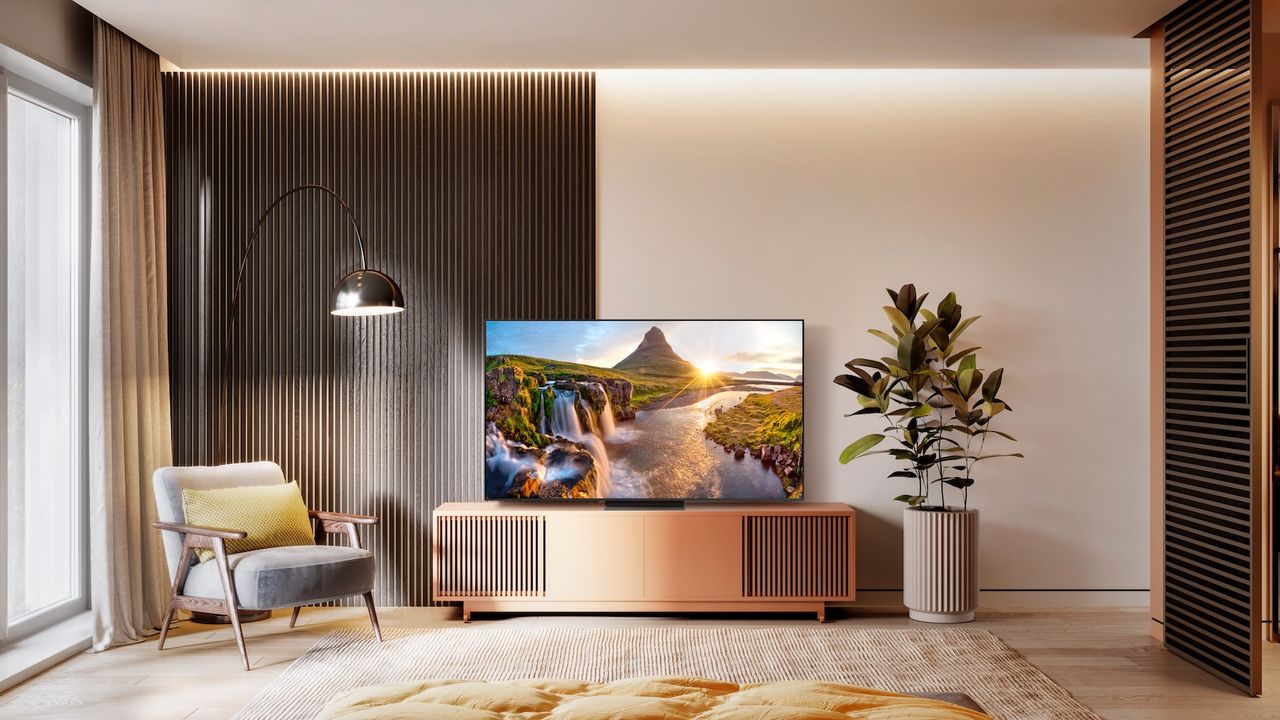
QLED vs LED is a TV battle that's been ongoing for years and continues still, with sets of each type prevalent in electronics stores today. Indeed, examples of both feature in our best TV buying guide.
While these panel technologies may sound very similar, with LED standing for 'Light Emitting Diode' and QLED simply adding 'Quantum-dot' to the start of it, dig down into the details and you'll realise that they're pretty different in how they work and perform. And that's where we come in.
In this QLED vs LED guide, we will discuss the two TV types and the differences between them to help you decide which – if either – is better for your needs and budget.
What is LED?
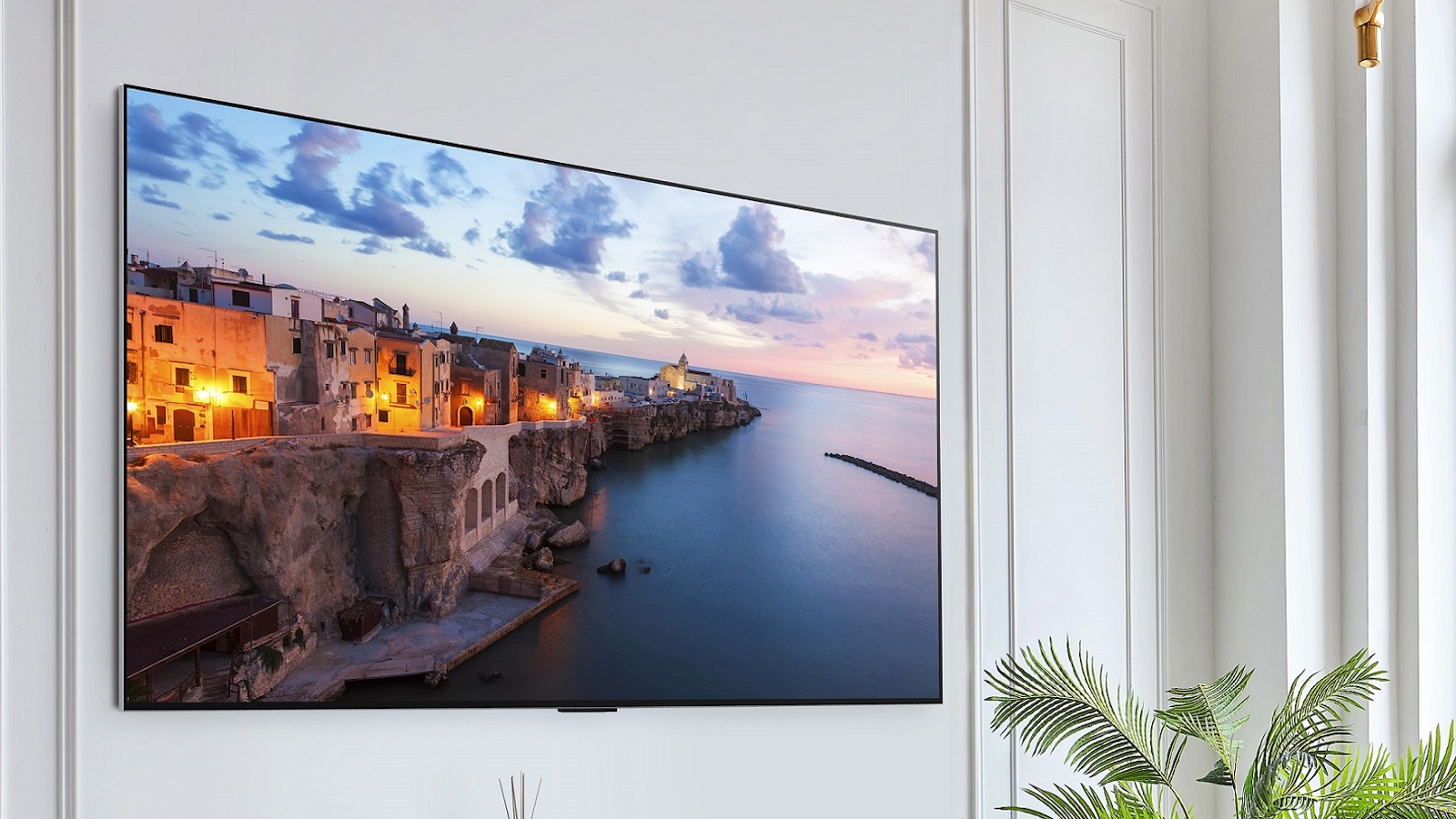
LED (Light Emitting Diode) is the panel technology from which QLED (Quantum-dot Light Emitting Diode) was developed. As such, it is generally speaking the more affordable and less advanced of the two panel technologies.
LED panels use an array of light-emitting diodes as the light source for an LCD (liquid-crystal display) panel, which essentially lets the light through to the screen. So yes, an LED TV is the same as an LCD TV, and some stores and manufacturers use the term interchangeably.
Initially, LEDs ran around the edges of the screen, but the technology developed so that an LED backlight could sit directly behind the LCD panel and shine light directly through it, creating a brighter and more evenly distributed contrast across the entire screen. Both methods still exist today and are called 'edge-lit' or 'direct' (or 'full-array'), with the latter more commonplace today.
Over the years, the technology has developed further to improve contrast by increasing the number of 'dimming zones' and consequently leading to greater control over bright and dark areas of a screen.
LED TVs are generally more affordable than QLED (and indeed OLED) TVs, have the same long lifespan and are available in more sizes than any other screen technology.
How does QLED differ?
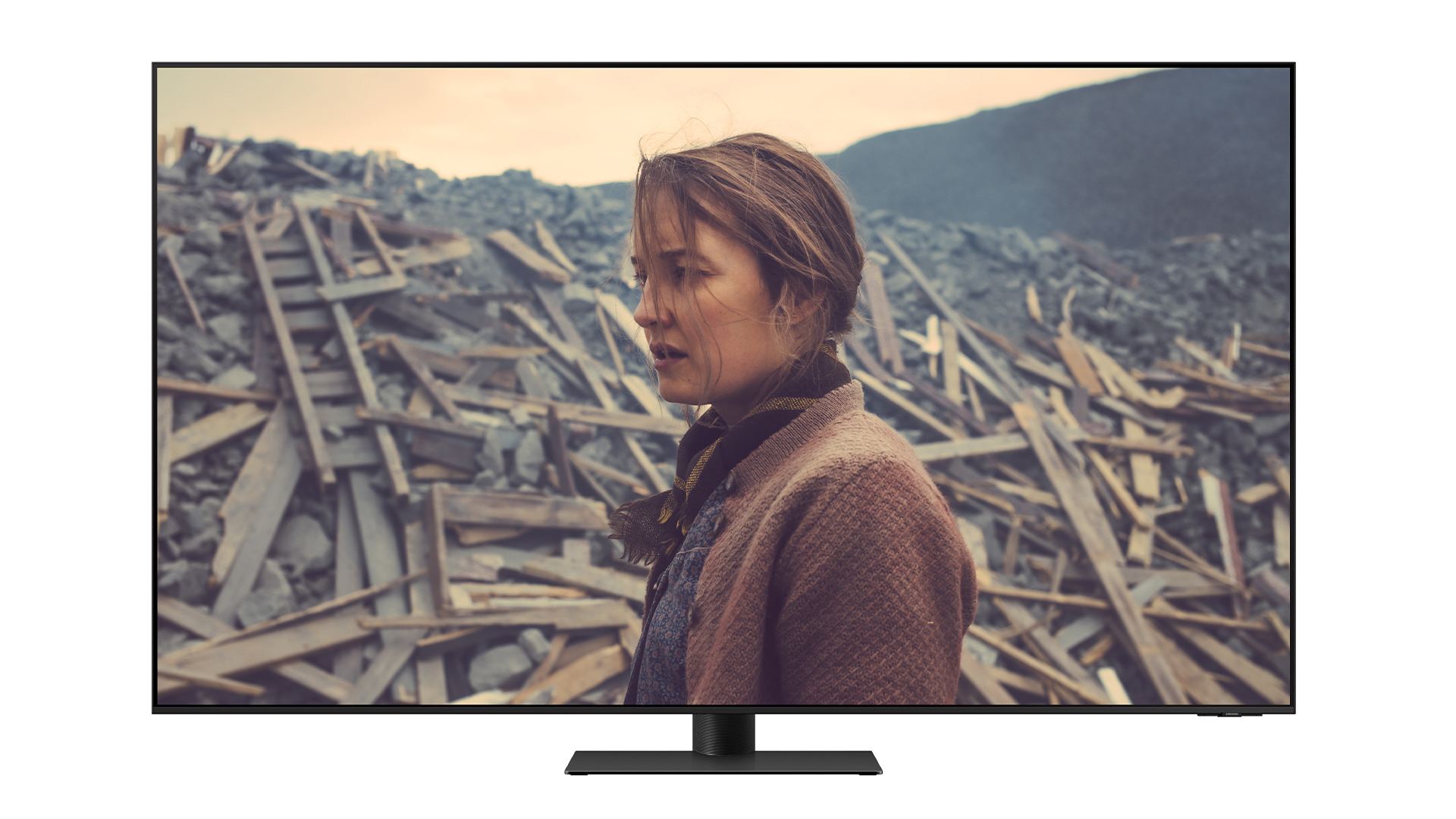
Current QLED (Quantum-dot Light Emitting Diode) TVs are very similar to what people generally refer to as LED TVs, but instead of the LED backlight passing light through an LCD layer, it does so through a layer of Quantum Dots.
Like an LCD layer, this Quantum Dot layer converts the backlight's white light into coloured light, with the resulting colour being dependent on the size of the quantum dot itself – larger ones give off light at the red end of the spectrum, smaller ones at the blue end. These more effectively optimise each pixel's light emission to deliver images on the screen that are brighter and more vibrant in hue.
In short modern QLED TVs are designed to produce richer colours than their LCD/LED counterparts, and they can often go brighter, too – though that also depends heavily on the quality of the backlight.
It is expected that one day, QLED TVs with self-emissive Quantum Dots will be available, with the idea being that these will combine the greater colour reproduction of Quantum Dots with the pixel-by-pixel contrast control associated with OLEDs (this is not what current QD-OLED TVs are, as they combine an actual OLED layer with a Quantum Dot layer), but these are still in the concept stage and it looks as though it will be many years before they become available to regular consumers.
QLED technology has predominantly been associated with Samsung, who outrightly favoured QLED over OLED technology (before it decided to, pretty recently, adopt that too), though other TV manufacturers such as Hisense, Vizio, TCL and Amazon also use it.
QLED vs LED TV picture quality comparison
It's tricky to generalise, as picture quality will vary by TV depending on lots of factors like the specific set's processing and backlight. But very broadly speaking, QLED TVs tend to have richer colours and to be brighter. But as we say, it really depends on the specific model of TV – these properties are by no means guaranteed.
Is QLED better than LED for brightness and colour?
Generally yes. That's thanks to the extra layer of quantum dots, making for richer colours and a brighter overall performance.
Is QLED or LED better for watching movies?
If you're watching movies, a QLED TV will probably serve you better than a standard LED model. That's thanks to the added layer of quantum dots, which creates a brighter picture and richer, more vibrant colours. This is especially true for movies in HDR, as QLED TVs can produce a wider range of colours. But we can't stress this enough – it really does depend on the individual TV in question.
QLED vs LED for gaming performance UK
QLED TVs should also be better for gaming than LED TVs. That's because of their richer, more lifelike colours, wider colour array and brighter overall image.
Do QLED TVs last longer than LED TVs?
Not really. Both QLED and LED technologies are designed for long term use, with estimated lifespans in excess of 50,000 hours. QLED TVs should be more resistant to screen burn-in, however, so could last longer. But with sensible use, a standard LED TV should last just as long as a QLED model.
The best LED TVs
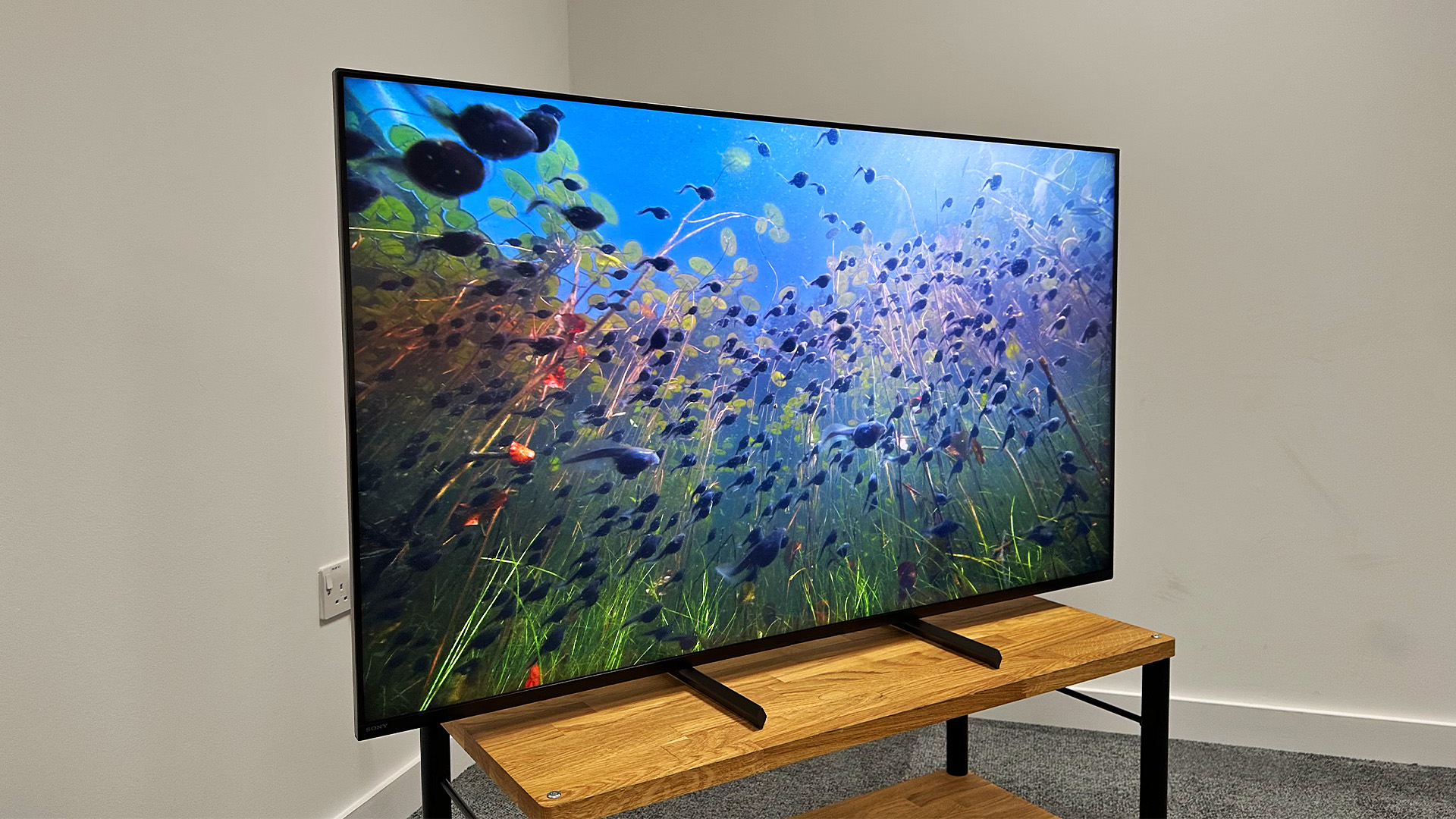
The Sony X90L is probably the best LED TV ever made. It launched in 2023, but still no one's bettered it. Even in the Dolby Vision Dark mode, it proves reliably bright and punchy, and while its black levels don't quite match those of Sony's OLED TVs, they're very impressive for a backlit TV.
Amazon's Omni QLED TVs are QLED models, but they have LED backlighting, so can be included in this section. Our picks are the 50-inch QL50F601 (a previous Award-winner, no less) and its 65-inch version, the four-star QL65F601. Amazon's Fire TVs are often discounted hugely in the sales like Black Friday and Amazon Prime Day too, so you could pick up a bargain.
The Samsung CU8000 is also a great bet. It's not quite as cheap as some LED sets, but it is a very affordable way to get into Samsung's TV ecosystem.
The best QLED TVs
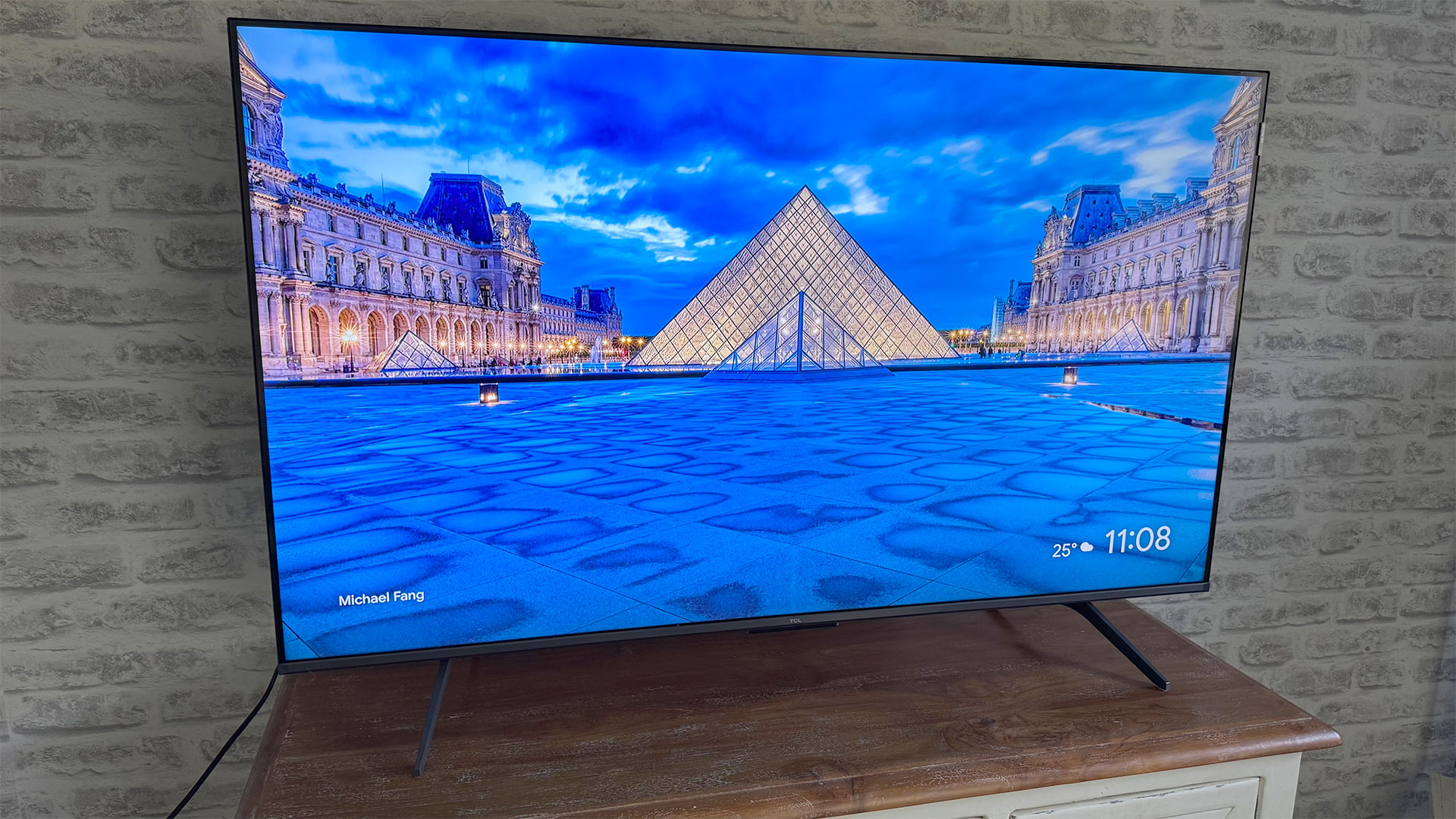
If you're after a QLED bargain, you can't do better than the TCL C6KS. It's amazingly affordable, even more so considering its performance earned it a What Hi-Fi? Award this year.
At the other end of the scale sits the Samsung QN900D. Being an 8K TV, it doesn't come cheap (the 75-inch model is £5000, and that's when it's on sale), but you get plenty for your money, including next-level 8K upscaling, a wonderfully bright and colourful picture and a suitably premium design.
What is Neo QLED?
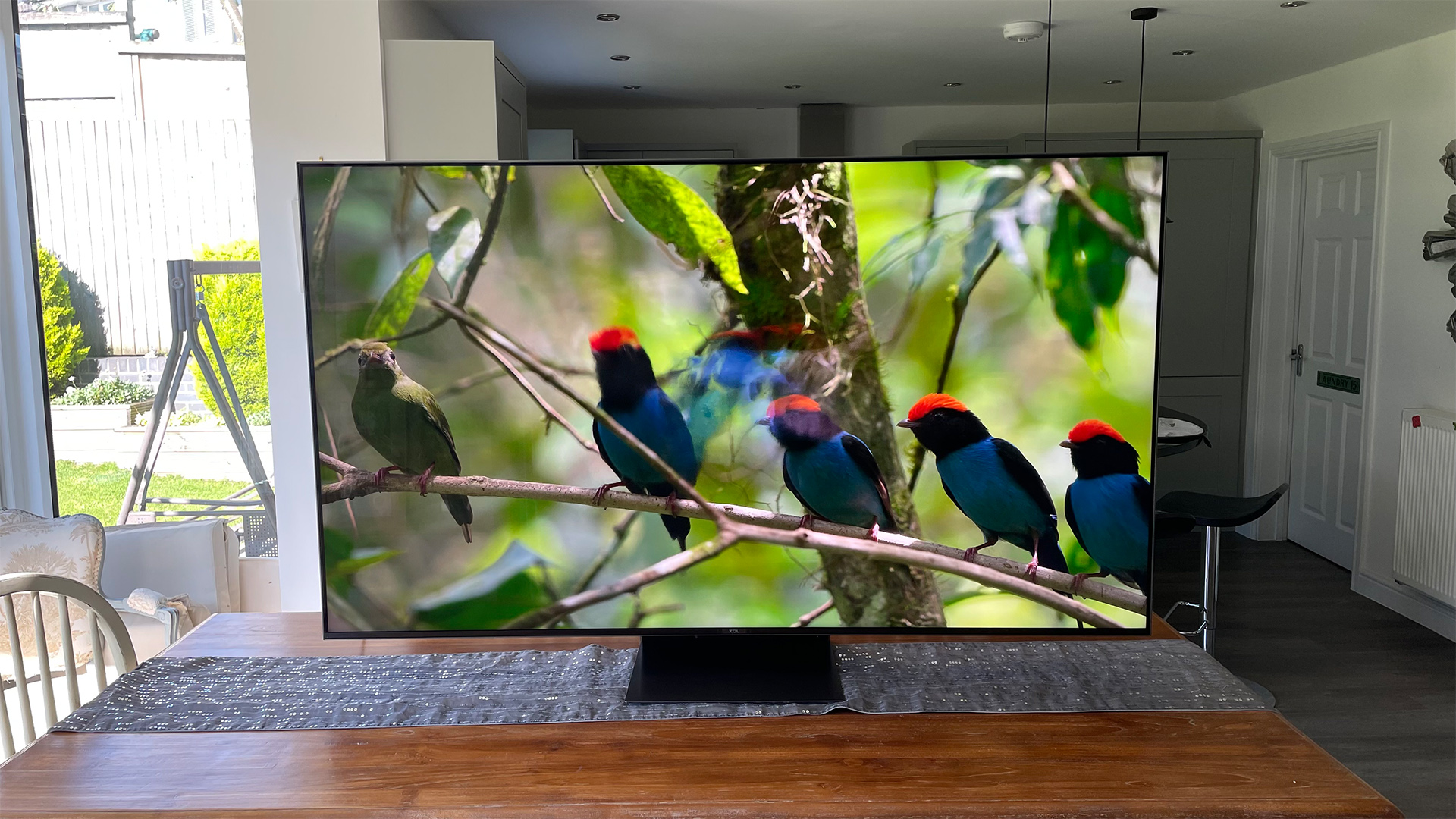
'Neo QLED' is a marketing term coined by Samsung to describe its QLED models that use a Mini LED backlight.
As the name suggests, these LEDs are tiny compared to those used in traditional backlights – 40 times smaller, Samsung says. And since they are smaller, more can fit in the same area. And if you can fit many more LEDs into the same area, you can also deliver much more granular, localised control over how their light is used to deliver the TV’s pictures. Essentially, more LED lights mean the TV can have a far higher number of independent dimming zones, resulting in greater control of contrast.
It is worth noting that lots of manufacturers now produce Quantum Dot TVs with Mini LED backlights (the TCL C8K is a five-star example, as is the aforementioned C6KS), but only Samsung uses the 'Neo QLED' name.
LED vs QLED: which should you buy?
It really depends on your means and needs. LED TVs are generally more affordable, as the tech is older and more basic. But that's not to say there aren't some fantastic LED TVs out there – witness the Sony X90L and quiver.
QLED TVs are generally a bit richer in the colour palette, and can be brighter (though this really varies depending on the TV model). The technology is at an earlier stage of development than the more mature LED, so is definitely one to watch in the future...
MORE:
See our expert pick of the best TVs you can buy
Or read our OLED vs LED vs LCD guide
See the difference between OLED vs QLED TV







